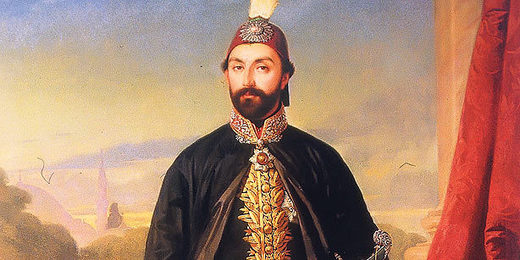
As someone deeply fascinated by antiquity, my heart beats loudest when I can stand and listen to ancient places. Yet as rich in story as Ankara might be, it remains, in essence, a stacking of dirt, stone and sky. What truly gives this place life is its people; it is they who make for a history worth recalling.
Ireland and Turkey lie a continent apart, but while we might look and sound different, and while our minds might be shaped by different troubles, we breathe the same air. What I found in the Turkish people I met were the traits that I'd always assumed defined Irishness: the open-hearted embrace for a stranger, an interest in his journey and a desire to understand his background. Most of all, the hospitality of a warm and friendly welcome.

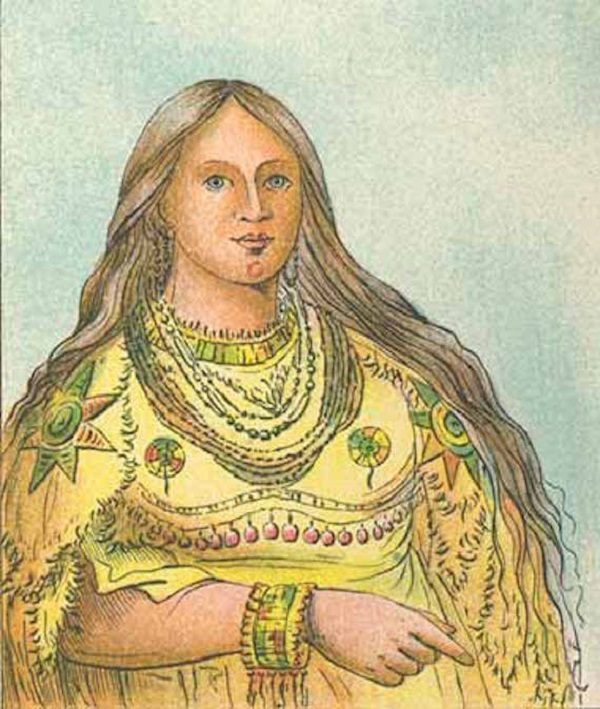
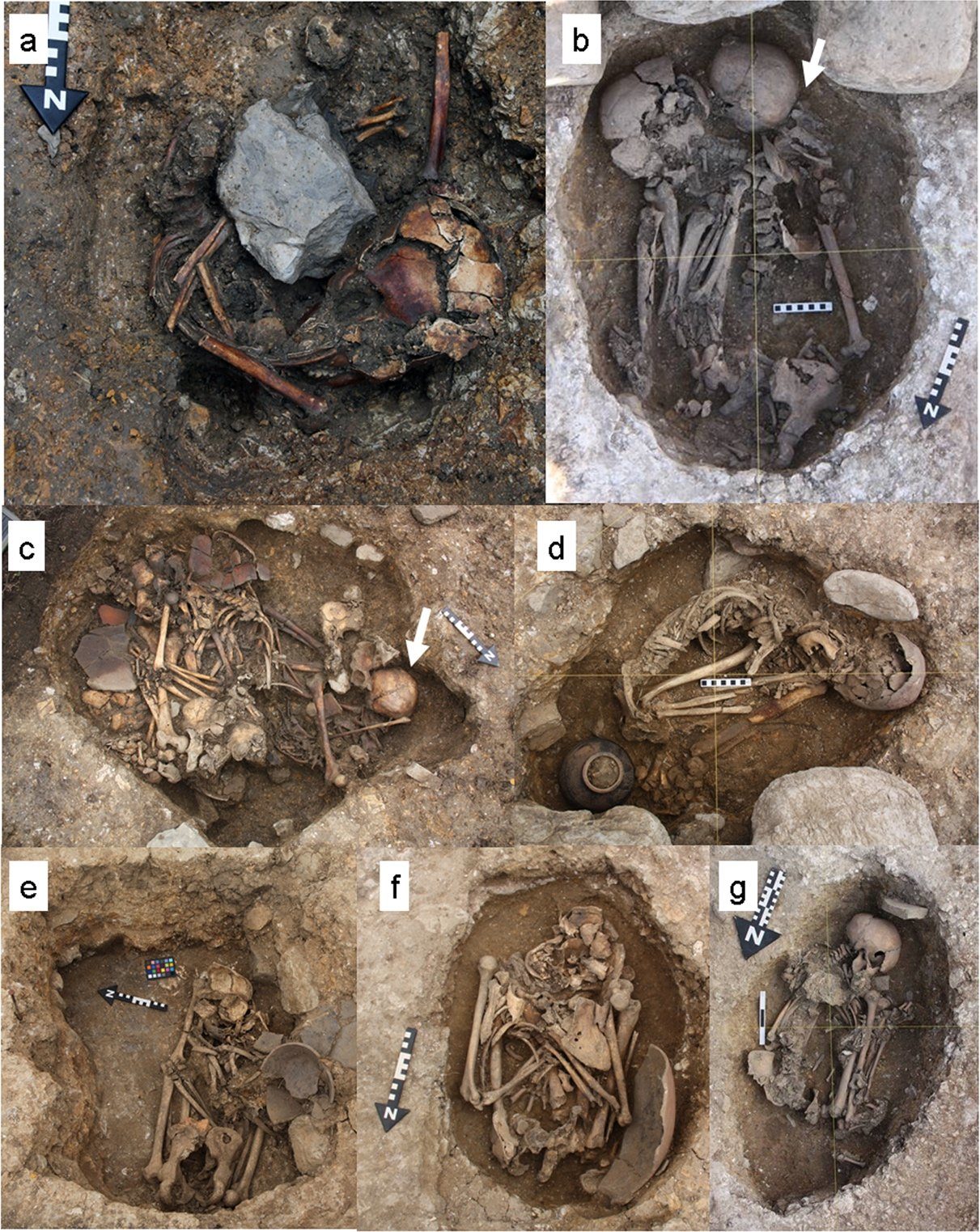
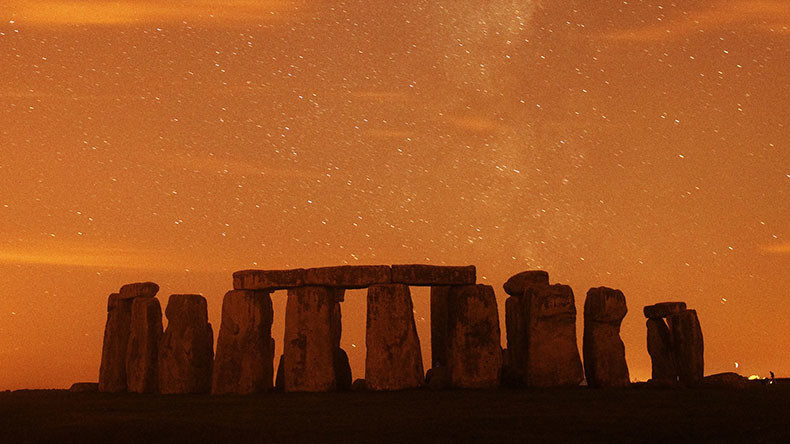
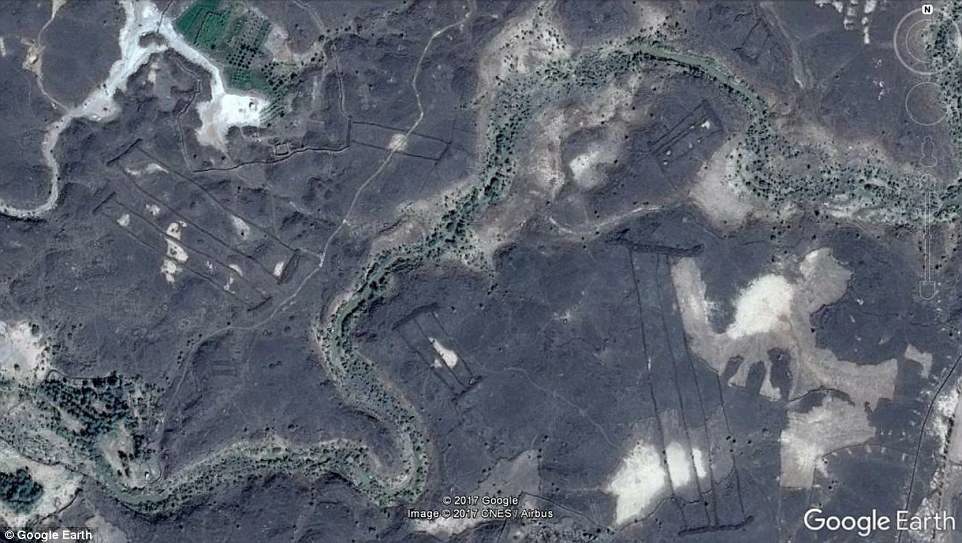
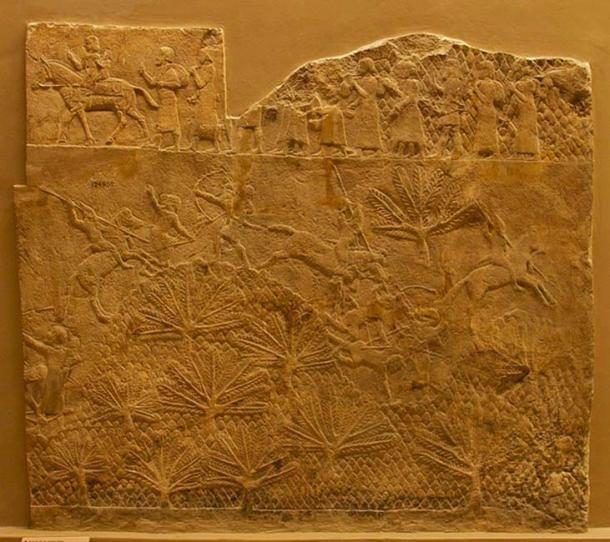
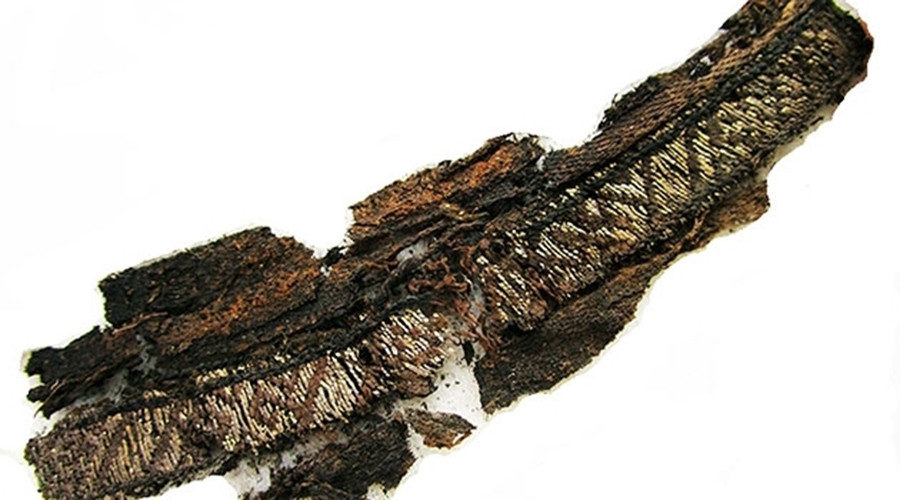
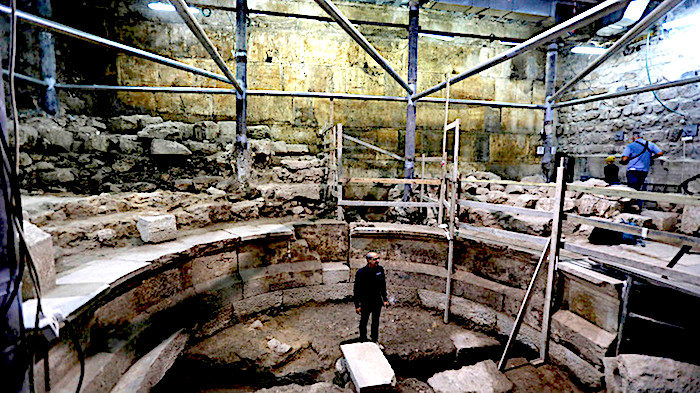
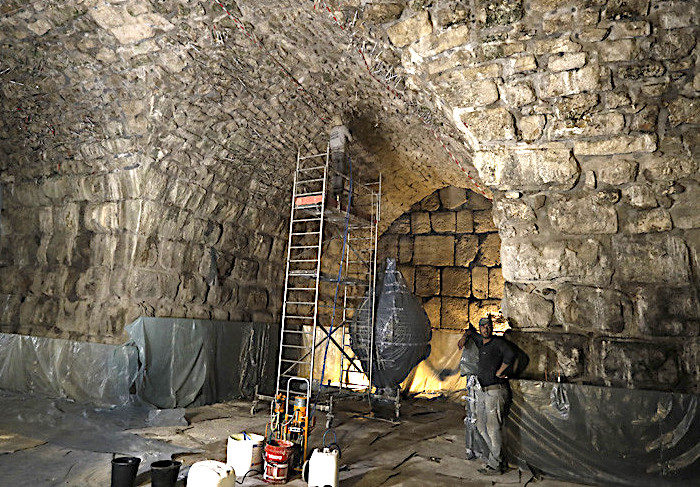
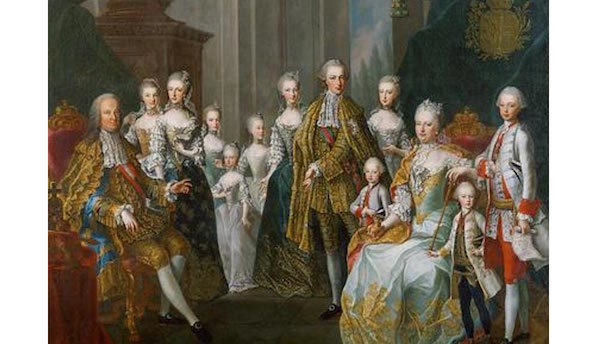


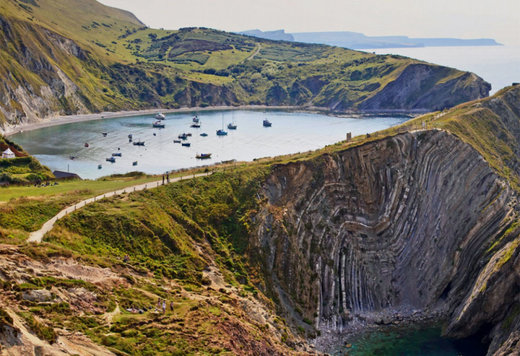
Comment: RT has updated this story with a rebuttal: